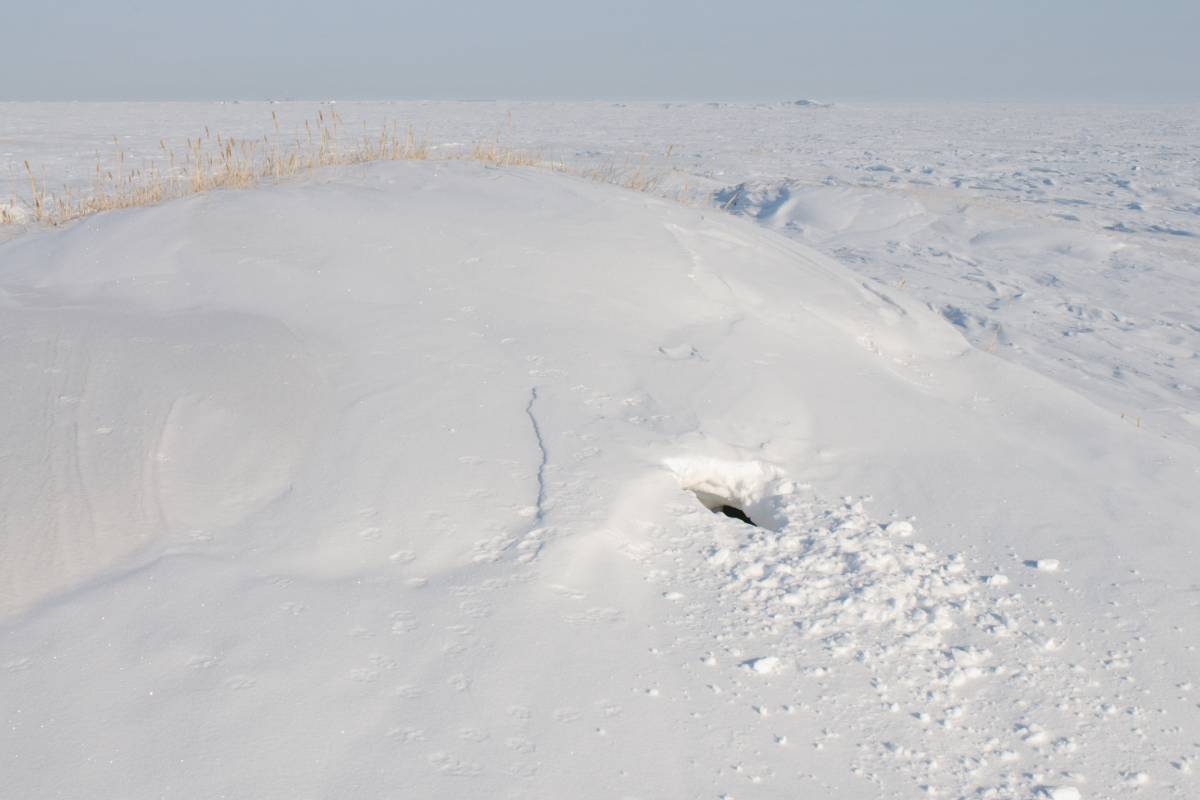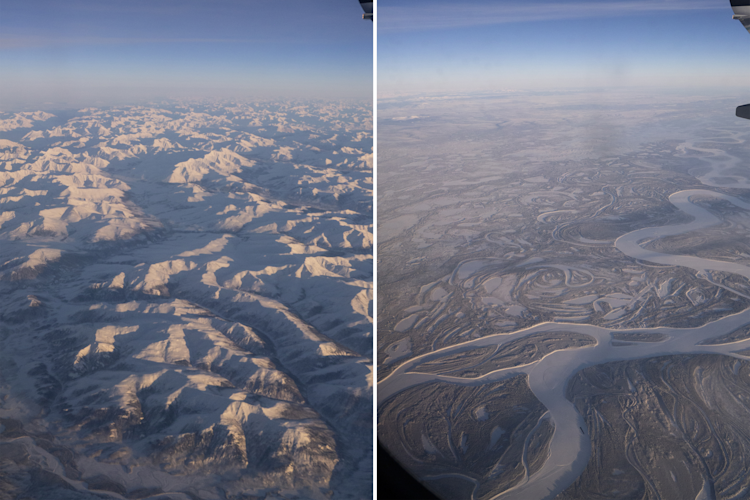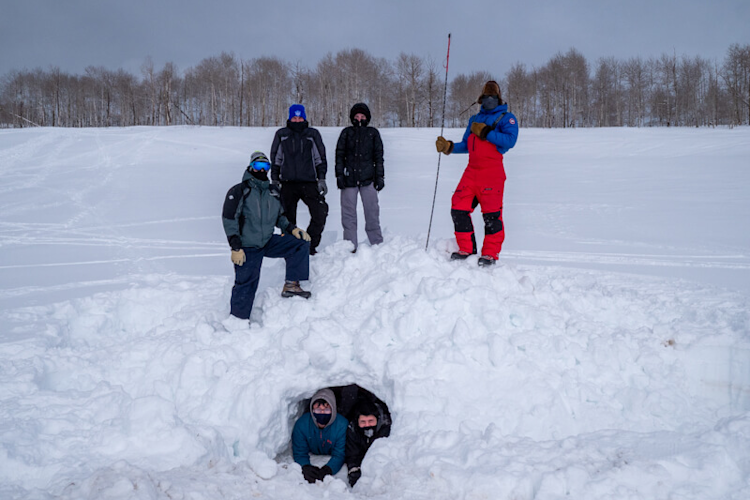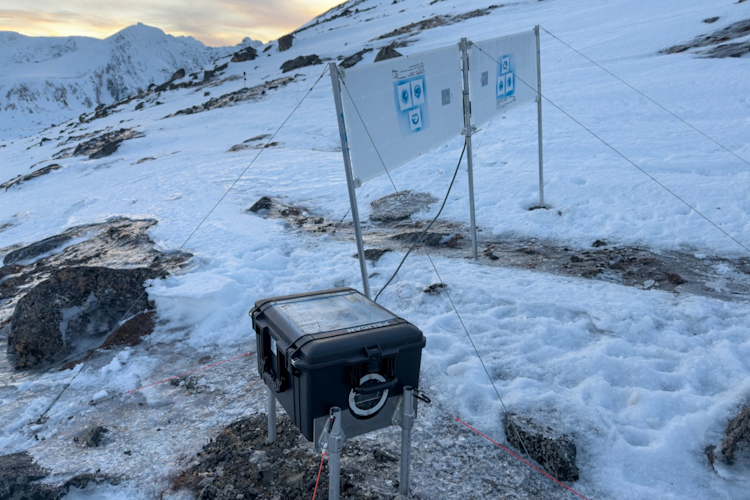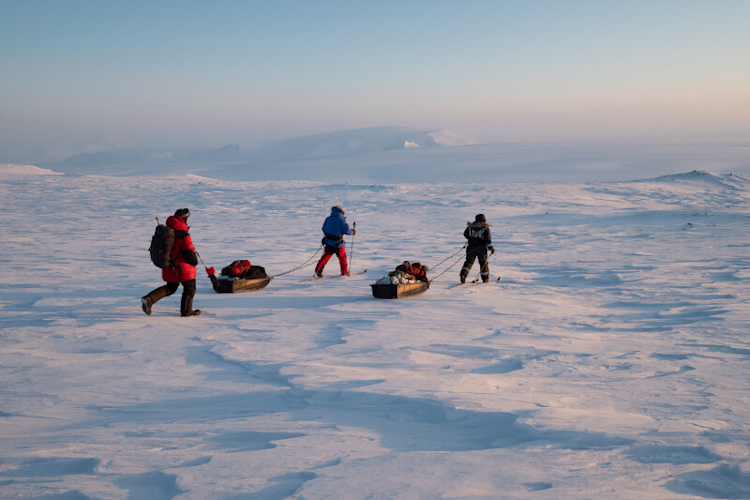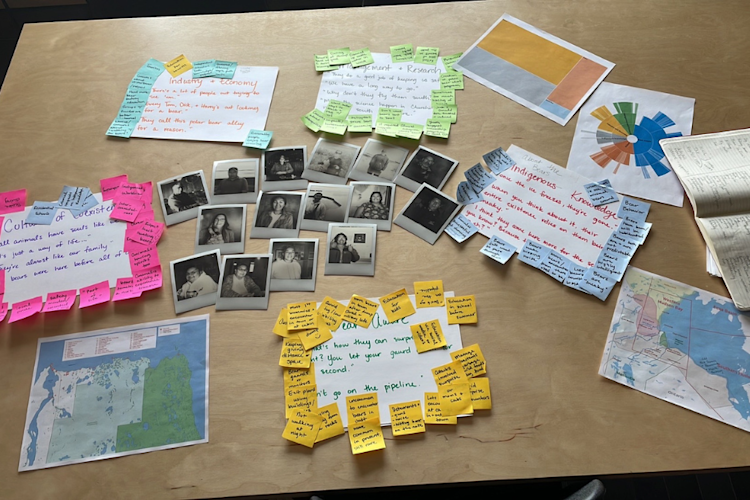When researchers with Polar Bears International (then with the U.S. Geological Survey) began studying polar bear dens in Alaska in the 1980s, the only method they had to find snow dens was if someone happened to see a pregnant female digging one—which was pretty rare given the remote nature of Alaska’s North Slope. But as more industry began moving into the North, it became clear that being able to find and map polar bear dens was important to help shield moms and cubs from disturbances.
We caught up with Geoff York, our senior director of conservation, and BJ Kirschhoffer, our director of field operations, to learn more about Polar Bears International’s efforts to develop a promising new tool—synthetic aperture radar, or SAR—to detect dens hidden under the snow, with a goal of protecting denning polar bear families.
Q: Let’s start with a little background information. The first technology used to detect polar bear dens was forward-looking infrared (FLIR). This tool is still in use but has real shortcomings. Can you tell us more about FLIR and why a better method is needed?
A: Geoff York: During fieldwork in Alaska when we were first working on the den-detection problem, we researched using FLIR, which had been tested for a variety of uses with wildlife. Through our research, we quickly discovered that FLIR could be a useful den-detection tool if conducted under strict protocols and very specific weather conditions and terrain. But it proved unsuitable for large-scale surveys due to those limitations.
Over time, as we watched FLIR in use by management and industry, we noted many additional shortcomings. We found that, in practice, FLIR missed 55 percent of all dens known to be within survey areas, an unacceptably high rate.
These shortcomings mandated that we explore other ways to avoid disturbing denning families, so we started looking at newer technologies in partnership with Dr. Tom Smith and his students at Brigham Young University. The most promising alternative is SAR, and we’re now testing whether it can live up to its potential.
